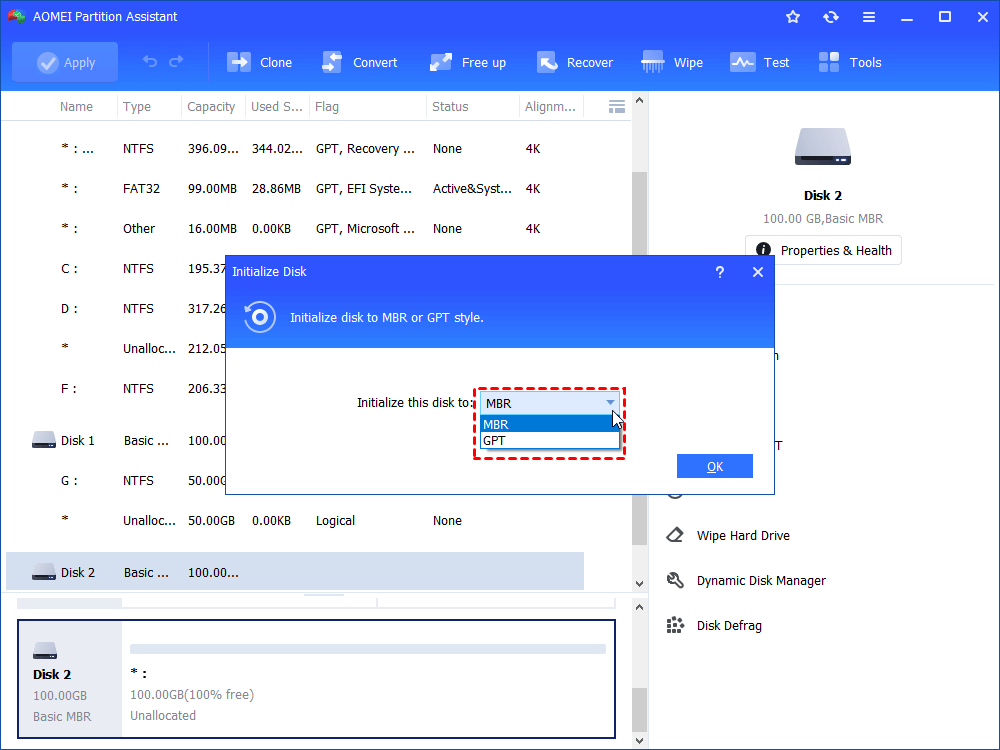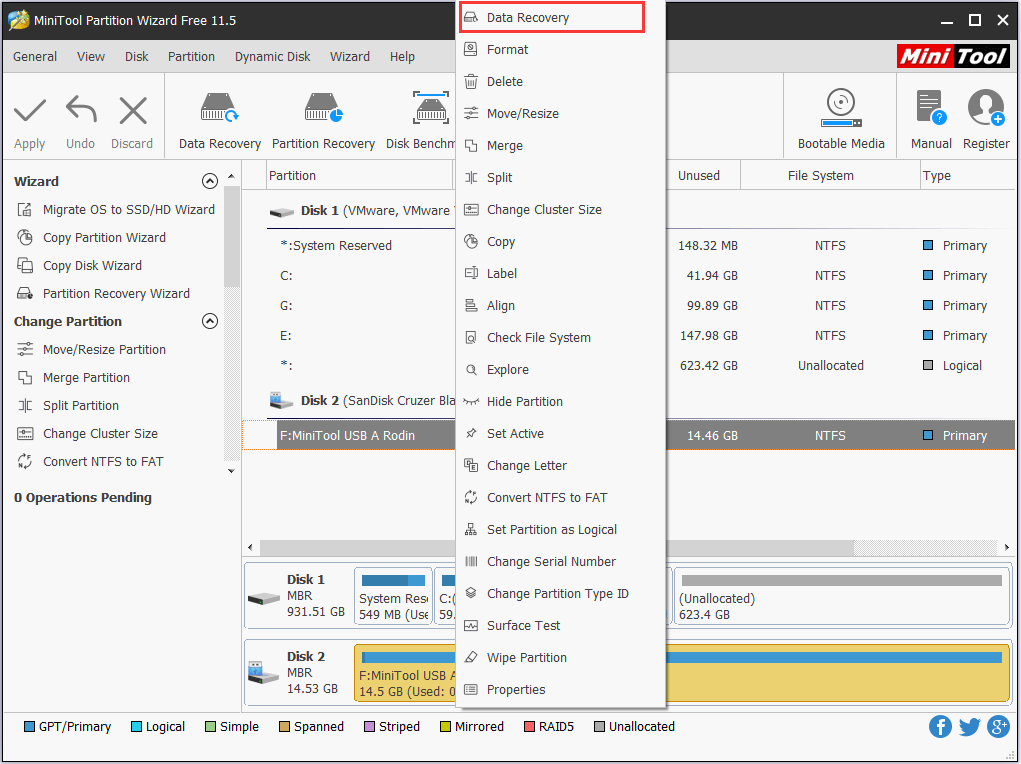
- #Sandisk x300 ssd format utility mac os#
- #Sandisk x300 ssd format utility windows 10#
- #Sandisk x300 ssd format utility portable#
- #Sandisk x300 ssd format utility pro#
- #Sandisk x300 ssd format utility windows#
This company makes products like SSDs, memory cards, DRAM modules and flash drives. The JetFlash USB formatter is made by Transcend. HP USB Disk Storage JetFlash Online Recovery (Top USB flash drive formatter) HP USB Disk Storage Format Tool is best for:
#Sandisk x300 ssd format utility windows#
The interface looks familiar to Windows users. Overall, this is a very simple and quick tool to format USB keys. This HP tool can be used on flash drives that aren’t made by HP. You can use this to create a DOS startup disk. It works with the operating systems of Windows XP to Windows 10. It formats USB sticks with FAT, FAT32, or NTFS partition types. This USB flash drive formatting tool comes from the computer giant Hewlett Packard.

HP USB Disk Storage Format Tool (Best USB format tool overall) Some come from well-known companies, and others are from smaller indie firms.

This selection of 10 format tools will sure have something for all kinds of needs. Time to really look at the best USB format tools out there on the market today. What are the best USB format tools? Here’s our top 10 list: What are the different types of USB drive format toolsĭifferent types of USB formatting tools can create the following formats: Depending on your version of Windows, you may need to type in “CMD.” This is a more advanced way to format or repair a USB drive, and will require some familiarity with command lines. To do this, you plug in your USB, and right-click on the Start button. This is sort of an alternative to a format tool. Sometimes, a hard drive needs to be opened using a command prompt. USB format tools can also scan and wipe memory sticks of viruses. You can run a format tool and hopefully get it fixed. If your computer won’t read your USB stick, it doesn’t mean it’s outright broken. The smallest amount of disk space that can hold data is called a cluster size.įinally, USB format tools are used to repair corrupted flash drives. These sections can get their own volume labels too. This lets you create separate sections on a USB drive which can be formatted differently. This is useful to return storage devices to their original state.Īnother format option is to create partitions. One part of the formatting process is erasing memory drives completely.
#Sandisk x300 ssd format utility windows 10#
From Windows XP to Windows 10 to Mac or Linux, you should format USB drives optimally for your system. Sometimes this is due to our operating systems. When we buy these hard drives they may or may not be formatted according to our needs. There are also non USB memory devices like memory cards, compact flash and SD cards.

These include USB pen drives, external hard drives and more. External memory can come in many different forms. There are a lot of storage devices like external hard drives that connect to our computers via USB. What is a USB format tool & what does it do? I hope they will be as reliable as the USB-C mobile rotating disk drives I’ve been using for 3 years.Good tool for creating bootable USB drivesĪuthorsoft USB Disk Storage Format Tool 6.0 My initial observation of these SanDisk SSDs, was amazement how small they are. Scroll to select, Convert to APFS to complete the formatting to APFS. This pops-up a drop-down menu where “Convert to APFS…” can be selected at bottom of menu. Then for Step 7’s 2d erase, right-click (or, option-click) on “Untitled” that’s the secondary (lower) drive in the hierarchy view. This is the correct selection for the 1st erase. When the SanDisk SSD is first mounted (drive viewed in the side pane of Disk Utility), Step 4 requires selection of top most (called “main” in the instructions) in the drive hierarchy (entitled: SanDisk Extrem…). Note: the link’s convert (to APFS) instructions are a bit dated, as they’re for macOS 10.13 High Sierra I’m using 10.14.x Mojave and my notes below reflect Disk Utility in Mojave. The converting process, which can be viewed at the link in my initial post, is fairly straight forward but, I’ll clarify several steps.
#Sandisk x300 ssd format utility pro#
My MacBook Pro has Thunderbolt 3 ports so, I connected the SanDisk SSDs, using TB3 cables (.5m) with USB-C type connectors, for best transmission speed.
#Sandisk x300 ssd format utility mac os#
…I’m prepping these two SSDs for macOS Catalina, which will require APFS for cloning (and, possibly Time Machine - if not, I’ll convert that SSD back to Mac OS Extended - Journaled).

…And, I’ve also completed converting the formatting to macOS APFS.
#Sandisk x300 ssd format utility portable#
I’ve now purchased 2 x 2TB Extreme Portable SSD USB-C Gen-2 external drives.


 0 kommentar(er)
0 kommentar(er)
